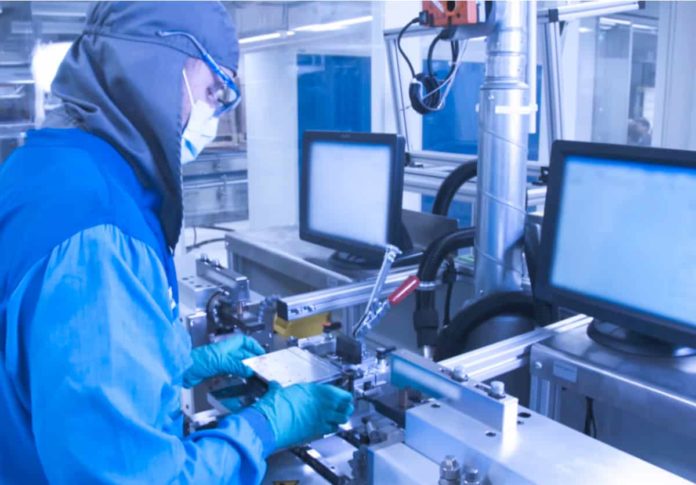New High-Capacity Potassium Batteries
Researchers from Skoltech, in collaboration with scientists from the Institute for Problems of Chemical Physics of RAS & the Ural Federal University, have demonstrated that high-capacity, high-power batteries can be made from organic materials without lithium or other rare elements.
Also, they demonstrated the impressive stability of cathode materials and recorded high energy density in fast charge/discharge potassium-based batteries.
Lithium-ion batteries are used for energy storage, particularly in portable electronics. The demand for batteries is escalating due to the rapid advancement of electric vehicles with high requirements for lithium.
However, the mass use of lithium-ion batteries aggravates the acute shortage of resources required for their production. Transition metals commonly used in cathodes include nickel, cobalt, & manganese, are relatively rare, expensive, and toxic.
Skoltech scientists led by Professor Pavel Troshin have made advances in the development of sodium and potassium batteries based on organic cathode materials.
New High-Capacity Potassium Batteries- Three New Types of Batteries
Their first paper by the researchers presents a polymer that contains hexaazatriphenylene fragments. The new material proved to be equally compatible with potassium, sodium, and lithium batteries that charge in 30 to 60 seconds while retaining their energy storage capacity after thousands
of charge-discharge cycles.The major disadvantage is that the hexaazatriphenylene-based polymer cathodes have a low operating potential, which results in decreased energy storage capacity.
In their second paper, the scientists proposed another material, a dihydrophenazine-based polymer that does not have this drawback and ensures an increase in the battery’s average operating voltage up to 3.6 volts.
In their third study, the scientists used a similar potassium-sodium alloy applied on carbon paper as an anode, and the redox-active polymers obtained earlier as cathodes. Such batteries can be charged-discharged in less than 10 seconds.
New High-Capacity Potassium Batteries- The Advantage Over Conventional Batteries
Interestingly, one of the polymer cathodes exhibited the highest energy capacity for potassium batteries, while the other showed excellent stability, with only 11 percent of capacity lost after 10,000 charge/discharge cycles.
The batteries based on these two materials displayed unique power characteristics of nearly 100,000 W/kg, a level typical for supercapacitors.

















































